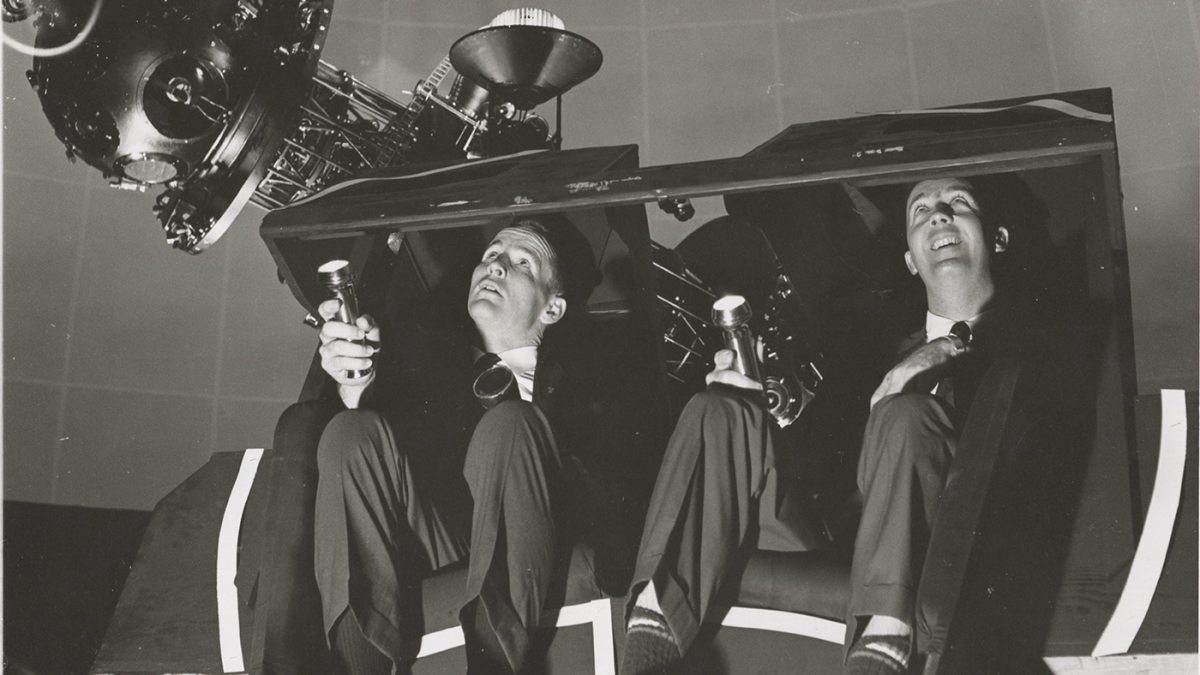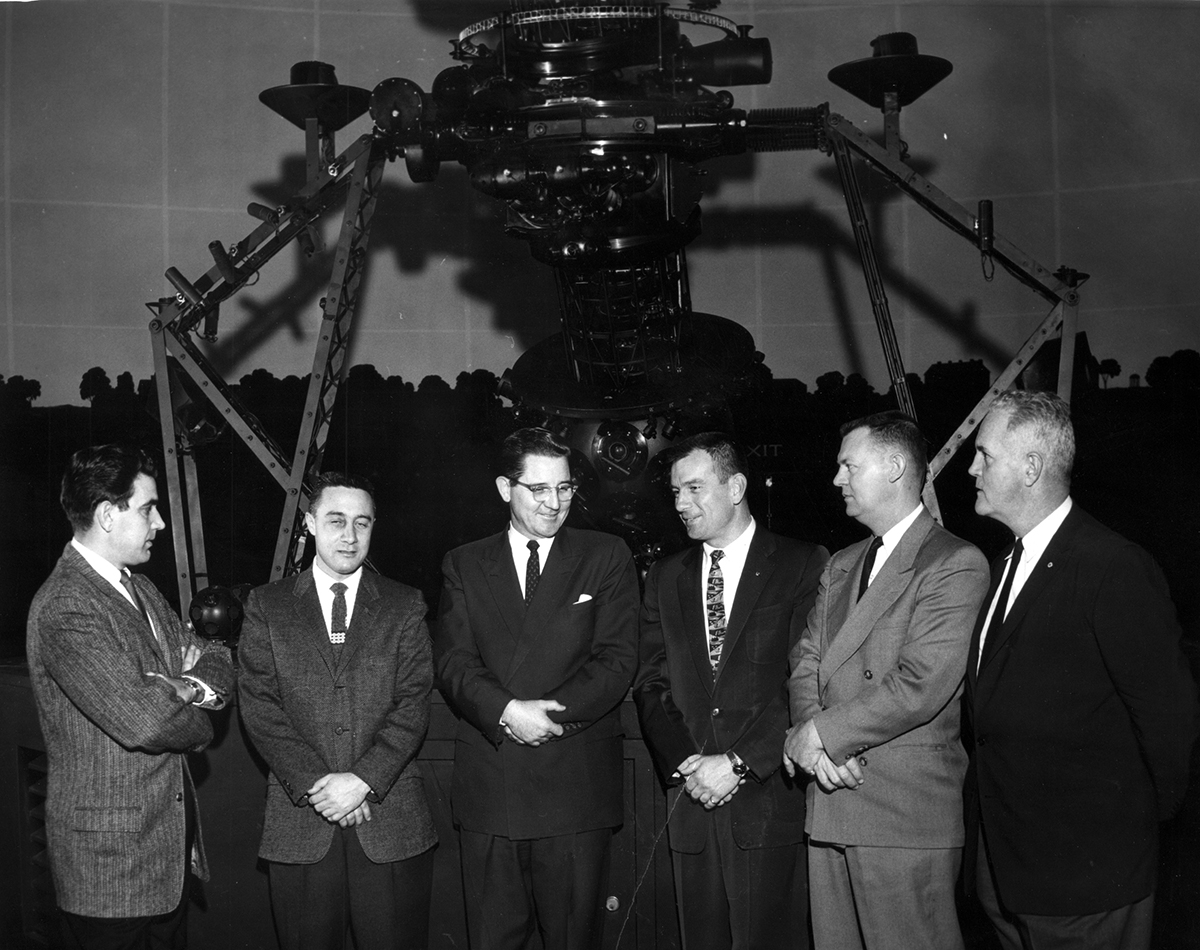‘Walking in the footsteps of men who walked on the moon’
Carolina’s Morehead Planetarium and Science Center played a pivotal role in American space exploration and discovery, including helping put a man on the moon.

Fifty years ago this week — on July 20, 1969 — Neil Armstrong became the first man in history to leave his footprints on lunar soil. But his journey to space began by walking the halls of UNC-Chapel Hill’s Morehead Planetarium.
Before their history-making Apollo 11 mission, Armstrong, Buzz Aldrin and Michael Collins learned to navigate the stars at Morehead. Armstrong alone spent more than 125 hours training with Morehead educators before his giant leap.
“When you walk into our planetarium,” said Todd Boyette, director of the facility now known as the Morehead Planetarium and Science Center, “you’re walking in the footsteps of men who walked on the moon.”
For a decade, Morehead helped prepare 62 astronauts from the Mercury, Gemini, Apollo and Skylab programs for space flight with star navigation training.
NASA first approached Morehead’s then-director Tony Jenzano in the late 1950s to establish the program.
“Our astronauts needed a rock-solid mental picture of the star field and had to know the procedures for celestial navigation because they served as part of the navigation system of our early spacecraft,” William Barry, NASA’s chief historian, said in 2016. “This was an essential part of the training of our astronaut corps and proved important to their survival on a number of occasions.”

The goal was to fill in the gaps of the imperfect automated navigation systems of early spacecraft. Astronauts needed to be able to recognize a constellation of stars just by glancing out the window to steer themselves to safety if the technology failed.
Michael Neece, Morehead educator and local author and historian, explains it like this: “If you’re here on Earth and you’re a pilot, you can see trees below you. You can see airports and lights and lakes and rivers. You
have all these reference points. In space, you have stars, so they had to learn the positions of stars just by glancing.”
To teach these critical navigation skills, astronauts studied the stars under Morehead’s 69-foot dome and analyzed star maps. Planetarium staff aimed to create the most realistic view of the sky for the astronauts and turned to creative solutions to mimic the crafts each crew would be working in.
Members of the Mercury crew, for example, viewed the dome with their heads inside a small canopy situated on an old fighter pilot trainer to simulate the spacecraft’s window and movements.
Later, for the Gemini missions, Morehead staff created the “Gemini Trainer” out of a specially-designed plywood box attached to a swiveling barber chair base to simulate sitting in the two-man spacecraft.
“Tony Jenzano was a mechanical genius,” Neece said.
That training came in handy for every astronaut at some point during space flight, said Neece, and even saved lives during emergencies, including a system failure during the solo Mercury-Atlas 9 mission.
“Gordon Cooper was up there in orbit for about 33 hours, and suddenly his systems started shutting down. His main power system, his navigation system, his backup power system — they all went on the fritz,” Neece said. “It was because of his really good piloting skills and his Morehead knowledge that he then had the most accurate splashdown of any of the Mercury astronauts.”
Armstrong and the other Morehead-trained astronauts got to know Chapel Hill well, visiting Franklin Street restaurants and record stores and even playing handball with students and physical education professors while they were in town.
Compared to the major cities that housed the country’s five other big planetariums at the time, Chapel Hill offered the astronaut corps some semblance of privacy from journalists and autograph-seekers.
Even so, their visits were often shrouded in secrecy.
“The planetarium would [say], ‘Oh, the astronauts are coming to town. We better put out the tea and the lemonade and some cookies.’ So, if cookies suddenly appeared in one of the rooms near the planetarium dome, they would say, ‘It’s cookie time,’ which meant the astronauts were coming,” Neece said. “It became their code phrase.”
Although the training program ended in 1975, Morehead’s quiet legacy lives on as a building block for some of NASA’s biggest moments.
“[NASA] did a side-by-side comparison [of other planetariums], and there was just no comparison,” Neece said. “It was just, ‘Morehead is the place to be.’”




